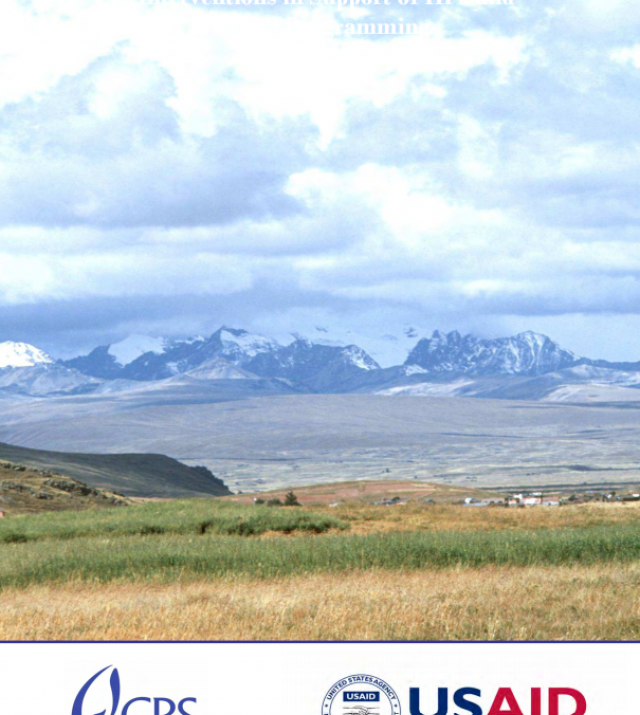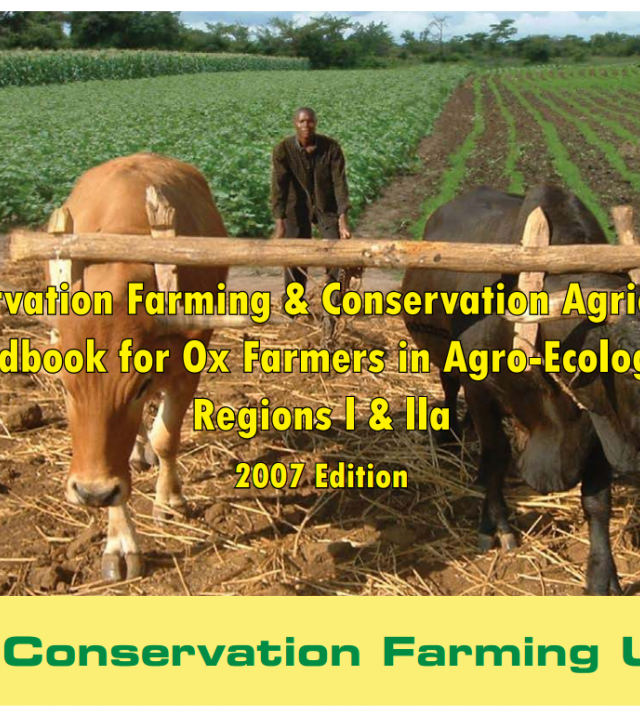
Homestead Gardening A Manual for Program Managers, Implementers, and Practitioners

This manual is intended for use by food security, nutrition, and livelihood programmers and practitioners for improved household food production and income generation. It represents a compilation of techniques and lessons learned from homestead gardening programs successfully implemented through the Consortium for Southern Africa Food Emergency (C-SAFE) in Lesotho. Many of the techniques described have been developed over time in a variety of countries and programs, and have been adapted in semi-arid and mountain climates in the southern lowlands of Lesotho. The success of the methodology has prompted Catholic Relief Services (CRS), Caritas Lesotho, and other partners to apply homestead gardening activities in other programs, such as the Mountain Orphan and Vulnerable Children Empowerment (MOVE) project.
This manual is not intended as a one-stop shop for improved farming practices, nor does it cover all the potential techniques used in homestead gardening. Rather, it is a compilation of best practices and successful activities implemented over a three-year period by C-SAFE Lesotho, the MOVE project, and various other food-security related projects implemented by CRS and Caritas Lesotho. Many of the techniques and methods described are based on the principles of permaculture and organic farming. However, while many of the methods are applicable or adaptable to a variety of settings, not all the techniques enclosed are appropriate for all projects and contexts. Programmers and practitioners should carefully consider the goals and objectives of their projects as well as the cultural, environmental, and climatic context of the area where homestead gardening activities will be implemented. Appendix D lists additional references and suggested reading on agriculture and homestead gardening techniques.
As stated above, the manual is written for use by program managers, implementers, and practitioners. Each chapter attempts to set the stage for the reader to understand fundamental principles of homestead gardening in order to better understand how the techniques may be adapted to unique environmental challenges, climate conditions, and overall context in which the activities are implemented. Chapter 1 is intended to help homestead gardeners plan their gardens to maximize the use of space. Chapters 2 to 4 are detailed descriptions of specific techniques implemented under C-SAFE Lesotho, including keyhole gardens, trench gardens, and conservation agriculture. These chapters outline the materials and steps in preparing, planting, and maintaining these gardens. Chapters 5 and 6 describe other methods of sustainable gardening in resource-limited settings and of reducing dependence on expensive inputs such as fertilizers and pesticides. These chapters include information about soil fertility and pest management, for early detection and prevention of potential problems such as inadequate moisture or acidity

